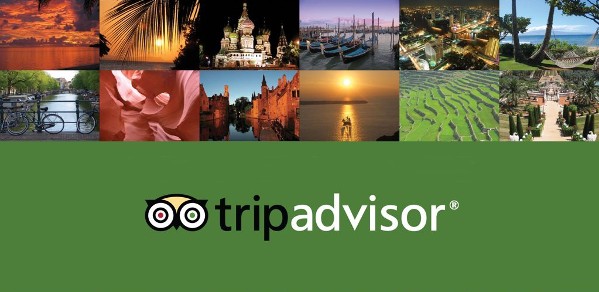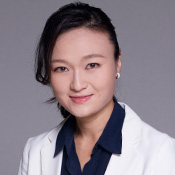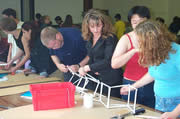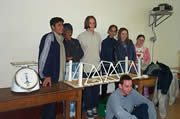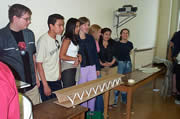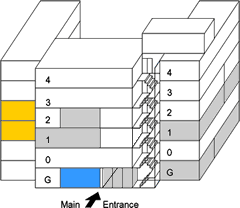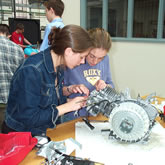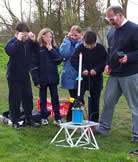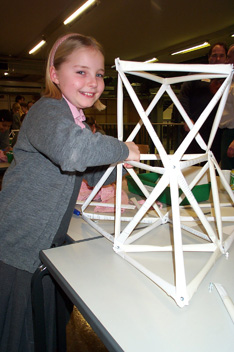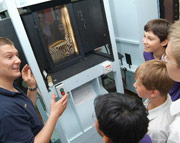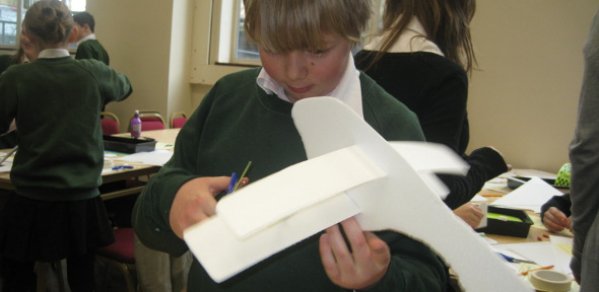Lessons in entrepreneurial design
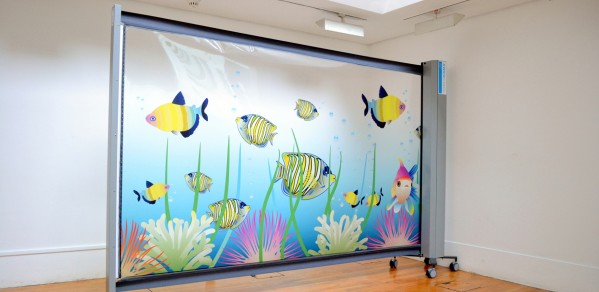
Several alumni of the Department of Engineering have found success through the Innovation Design Engineering (IDE) double masters programme, a jointly run venture of the Royal College of Art (RCA) and Imperial College London (ICL).
In operation for more than 35 years, the IDE programme takes students on a curriculum spanning experimentation, design, engineering and enterprise activities.
“We explore and help postgraduate students develop their skills in a wide range of functional attributes from technical aspects, to aesthetic, economic, social, psychological, emergent and latent,” explained Peter Childs, head of the Dyson School of Design Engineering at ICL and a joint course director in the Innovation Design Engineering programme. “One of our tasks in Innovation Design Engineering is to help identify routes for the postgraduate students to access advanced engineering resources and insights from engineering analysis that can inform their designs to the state of the art.”
“The result,” said Dr Dominic Southgate, senior teaching fellow at the Dyson School of Design Engineering, “is students who excel at exploring novel applications for emerging technologies but with the ability to really understand user needs when creating new products and systems.”
Ollie Price
University of Cambridge, MA Engineering, 1992
MDes 1994
Founder, Opid
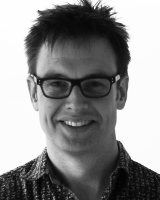 I have always loved making things and understanding how things work and are made. Armed with a limited range of A-level subjects, and consequently an even more limited choice of degree options, Engineering seemed like the course which was most rooted in the material world. Though I had little idea of what sort of engineer I might want to be, Engineering at the University of Cambridge allowed me to start general and become specific. Of course the architecture and the punting were appealing too.
I have always loved making things and understanding how things work and are made. Armed with a limited range of A-level subjects, and consequently an even more limited choice of degree options, Engineering seemed like the course which was most rooted in the material world. Though I had little idea of what sort of engineer I might want to be, Engineering at the University of Cambridge allowed me to start general and become specific. Of course the architecture and the punting were appealing too.
At a meeting with the University Careers Service, I learnt about the Innovation Design Engineering course, which seemed like the perfect way to spend two years being introduced to a career of making real things. Initially, engineering was put to one side in favour of life-drawing, sketching and thinking more broadly about how people use and relate to physical objects. It was only later on, as we started to design products, that I realised how useful some of the Cambridge-taught theory might be, supporting the design process rather than as a starting point. At Cambridge, I felt that there was a gulf between arts and science subjects.
The IDE course opened my eyes to the existence of design as an industrial activity, incorporating creative inspiration, real-life experience, and analytical method. I have been working as a product designer ever since, frequently alongside other graduates of the RCA design school. It’s not an exaggeration to say that I owe my career to the IDE course.
It’s always great to work on products which could have a real tangible benefit to people, so medical instruments are an obvious answer, but in fact the most interesting aspect of innovation for me is when I am confronted by a new problem in an unfamiliar field. It’s exciting to grapple with and understand the requirements of a group of people, area of human endeavour, ‘market need’, or technical problem that I had never known existed.
My recent work has included a business-class aircraft seat, a chiller to allow small shops to sell chocolate in developing countries, and a surgical instrument to perform a specific procedure for the treatment of bowel cancers. In my work I collaborate with specialists from materials scientists and electronics engineers to textile designers and illustrators, and also with model makers and manufacturers of all sorts. The breadth of the Cambridge/RCA education helps me to communicate with, appreciate and have productive relationships with them all.
Michael Korn
University of Cambridge, MEng Manufacturing Engineering, 2004
MA 2007
Director, KwickScreen
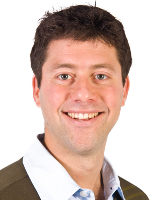 I always wanted to make things; I liked maths and physics; and I wanted to work with my hands. Cambridge was the best and most prestigious place to study engineering. There was variety in how you could learn. I wanted to be in Cambridge – my siblings went there and my grandma lived there.
I always wanted to make things; I liked maths and physics; and I wanted to work with my hands. Cambridge was the best and most prestigious place to study engineering. There was variety in how you could learn. I wanted to be in Cambridge – my siblings went there and my grandma lived there.
At Cambridge, I first learnt engineering – how things work, how to work hard and succeed at seemingly impossible amounts of work. In the Manufacturing Engineering Tripos, I learnt about business and manufacturing, how things are made and how to make them better.
Then a visiting talk about IDE opened my eyes to a different way of learning. I visited the course a few times and I loved the creative, experimental and free environment. The IDE course liberated me as an engineer. It helped bridge the gap between scientist and inventor. I liked the blend of the theoretical and practical worlds of engineering, design and entrepreneurship. Products that can become scalable businesses. Simple innovations that solve problems and have got what it takes to succeed commercially.
In the IDE programme, I had the environment to experiment and learn entrepreneurial and innovative design skills. It gave me the ability and self-confidence to work for myself.
KwickScreen was my final year project. I've been working on it since then. It is now sold worldwide and has been adopted by over 150 NHS trusts. I would not have come up with the idea without having had the time at the RCA to experiment.
Robin Sayer
University of Cambridge, MA Mechanical Engineering, 1990
MDesEng 1992
Head of Mechanical Engineering
Department of Clinical Physics and Bioengineering
NHS Greater Glasgow and Clyde
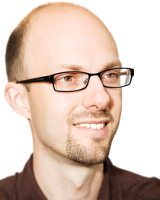 I first got into engineering when my art teacher suggested a career in product design as an outlet for my technical, creative and artistic skills. I thought that grounding in engineering would be a good foundation and had a vague idea that I’d try and specialise later. The course at Cambridge had and still has an excellent reputation.
I first got into engineering when my art teacher suggested a career in product design as an outlet for my technical, creative and artistic skills. I thought that grounding in engineering would be a good foundation and had a vague idea that I’d try and specialise later. The course at Cambridge had and still has an excellent reputation.
After graduation, I wasn’t ready to give up full-time education. The RCA/ICL course was exactly what I was looking for. Fortunately it didn’t matter that my drawing skills were a bit rusty; as it turned out, the course leaders were more interested in my innovation potential.
Where Cambridge engineering was more analytical, in the IDE focus was more user-centred and required an in-depth understanding of how products are actually manufactured. It gave me the skills and confidence to combine product design and engineering mind-sets. There’s often a tension between these two areas and it’s incredibly useful to have a working understanding of both, especially when managing the new product development process. I’ve applied these disciplines in the manufacturing industry, design consultancy and now in the public sector.
My time at Cambridge and in the IDE were both immensely enjoyable. The RCA design studio atmosphere encourages a collaborative approach and it’s an incredibly stimulating environment. My education has fostered an inquiring mind that questions established ways of doing things. This mindset is key to new device innovation.
Today, I am most interested in medical device technologies that have the potential to disrupt current ways of treating patients. I’m part of a multi-disciplinary team developing new medical technologies for the NHS in Scotland. It’s highly varied and can be anything from a phone accessory and/or app to a new way of utilising 3D printers to improve surgical planning.
Aran Dasan
MEng 2010
Director of sustainable food startup Ento
Technical developer at Illuminarium
Teaching Fellow at Imperial College London
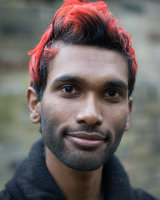 I chose to go into engineering to get closer to the interface between exciting emerging technologies and the people that could benefit from them. Using technology to answer some of the greatest questions facing our society was an exciting prospect! The University of Cambridge was particularly appealing because of its reputation and the quality of teaching.
I chose to go into engineering to get closer to the interface between exciting emerging technologies and the people that could benefit from them. Using technology to answer some of the greatest questions facing our society was an exciting prospect! The University of Cambridge was particularly appealing because of its reputation and the quality of teaching.
At some point I came to the realisation that engineering knowledge was not enough to answer some of the more pressing needs of society. Design has been and will always be a great skill and body of knowledge that complements the practice of engineering. The Innovation Design Engineering programme was a clear beacon of the fusion of the two disciplines. It showed how engineering can be fused into other disciplines be they design, agriculture, computer science, biology or economics. Through the course I learnt how engineering can be a connector and enabler across many fields – from future-scoping to agriculture, satellites, food security, human-centered design, road infrastructure, open-source technology, pedagogy, sustainable energy, and artificial intelligence.
Eventually the course proved instrumental to my career, introducing me to the idea of developing my own design and engineering practice. I’ve turned that practice into my own freelance studio, doing design for innovative startup companies in the sustainability sector. I also frequently work with artists to help them with technically challenging art installations and I have become a tutor for IDE as well.
Cambridge gave me the technical skills and capability to enter a new domain and rapidly learn what I needed to excel there. The IDE programme expanded my awareness of what a designer and engineer could do.
Wai-chuen Cheung
Queens’ College, University of Cambridge, MEng 2013
Royal College of Art/Imperial College, MA/MSc 2015
Founder of Metadrift
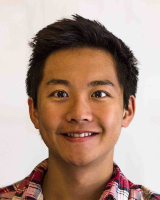 I decided to go into engineering because of its breadth and diversity as a subject. Interesting problems lie across multiple domains, and the principles that you learn from general engineering courses are easily transferred to new situations. The University of Cambridge’s world class academic reputation made it a clear choice for my undergraduate studies. What was not known to me at the time was how the collegiate system gives a wonderfully unique experience of being at university. Being part of the close-knit community within Queens’ College was my favourite part of my time at Cambridge.
I decided to go into engineering because of its breadth and diversity as a subject. Interesting problems lie across multiple domains, and the principles that you learn from general engineering courses are easily transferred to new situations. The University of Cambridge’s world class academic reputation made it a clear choice for my undergraduate studies. What was not known to me at the time was how the collegiate system gives a wonderfully unique experience of being at university. Being part of the close-knit community within Queens’ College was my favourite part of my time at Cambridge.
After graduating from the Manufacturing Engineering Tripos (MET), I wanted to put my engineering knowledge into practice in a more creative, hands-on environment. RCA and IDE gave me an understanding of the design context of engineering – how technical expertise can be blended with design thinking in order to create effective, well implemented and aesthetic projects. For me, engineering cannot exist within a vacuum of mere theoretical considerations, and similarly design cannot exist without technical grounding and resolution, and it was through IDE that the two worlds were brought together. The nature of the programme granted me two years of intellectual freedom to pursue any interesting problem that caught my attention.
My current research interest focuses on our behaviour and relationship towards digital technologies and how it impacts our lives. I find that this area is a really interesting intersection of design and engineering that requires consideration of both sides. I have formed a startup that is bringing my graduation project ‘Metadrift’ to market. It’s something that will bring its own new challenges, but I’m confident that my time at both the University of Cambridge and IDE has given me great preparation for the diverse demands of the future.

